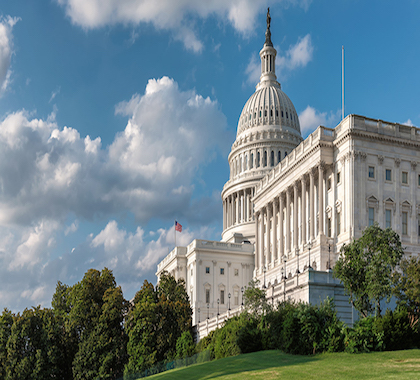The Senate bill increases HHS spending by $2.3 billion and includes a provision enabling HHS to require disclosure of drug pricing information in direct-to-consumer advertising. Proponents of the provision argued it would increase the transparency of prescription drug pricing and help decrease drug costs.
Federal government funding for discretionary programs is projected to end September 30. To avoid a government shutdown this fall, congressional Republicans are trying to pass full-year funding bills for most agencies to be signed before the end of September.
Record Spending
Justin Haskins, a research fellow and editor with The Heartland Institute, which publishes Health Care News, says the health care spending portion of the bill takes some agency spending to record levels.
“The National Institutes of Health had a record-setting funding year in 2018, with $37.1 billion allocated,” Haskins said. “In this spending bill, that amount increases to $39.1 billion.”
Haskins says the goal should not be simply to pass spending bills but to pass bills that reduce government interference in the economy, advance free-market policies, and are as inexpensive to the American taxpayer as possible.
“More federal spending, even if the excuse is to advance so-called ‘conservative’ policies, should never be considered a sound fiscal position,” Haskins said. “The president called for HHS spending of $68.4 billion in 2019. The Senate is asking for $90.1 billion. Where’s the justification for that increase? Taxpayers have a right to know.”
Expects Long-Term Cost Decrease
Although the bill increases health care funding in the short term, spending should decrease over time because the Trump administration is taking measures to undo damage Obamacare has inflicted on the health care market, says Charlie Katebi, a state government relations manager at The Heartland Institute. Unlike the Obama administration, Trump is focused on reducing health care regulations and increasing choices for consumers.
“The hope is that, as this administration continues to make moves to bring the cost of health care down for all Americans, eventually the price tag associated with federal health care spending will also decrease,” Katebi said. “The good news is the administration has already done some things to lower the cost of health care, such as expanding access to association health plans and short-term, limited-duration plans.
“As those measures begin to work, we should see the need to fund these agencies with billions of taxpayer dollars decrease,” Katebi said.




